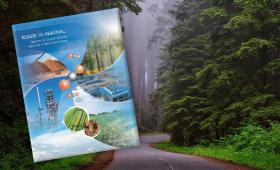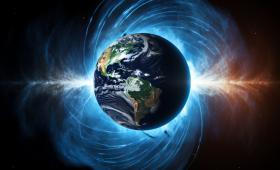“Roads to Removal: Options for Carbon Dioxide Removal in the United States,” charts a path for the United States to achieve a net-zero greenhouse gas (GHG) economy by 2050.
Science and Technology Highlights
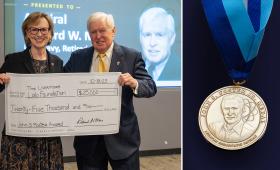
In an award ceremony held last month at Lawrence Livermore National Laboratory (LLNL), U.S. Navy Admiral Richard W. Mies was presented with the John S. Foster Jr.
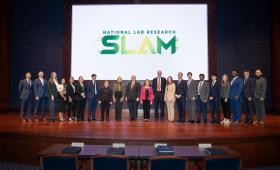
Gathered in the Congressional Auditorium on Wednesday, Nov. 15, 17 early-career researchers used three minutes and a single slide to present their pioneering research during the inaugural National Lab Research SLAM.
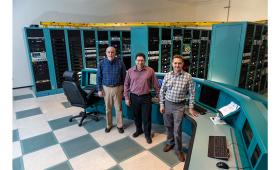
The National Ignition Facility (NIF) set a new record for laser energy on October 30th, firing
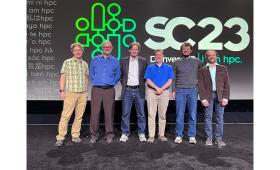
An LLNL-led effort simulating a global climate model on the world’s first exascale supercomputer has won the first-ever Association for Computing Machinery (ACM) Gordon Bell Prize for Climate Modelling.

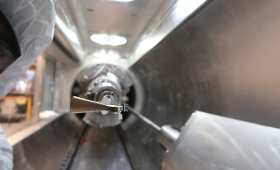
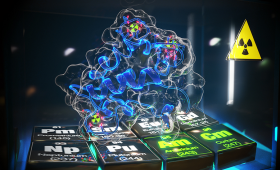
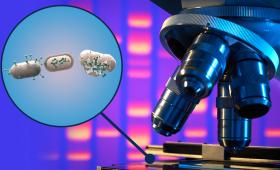
New research from Lawrence Livermore National Laboratory scientists and their collaborators at the University of California, Berkeley illuminates a fascinating phenomenon: the demise of soil bacteria and other unicellular microbes at

